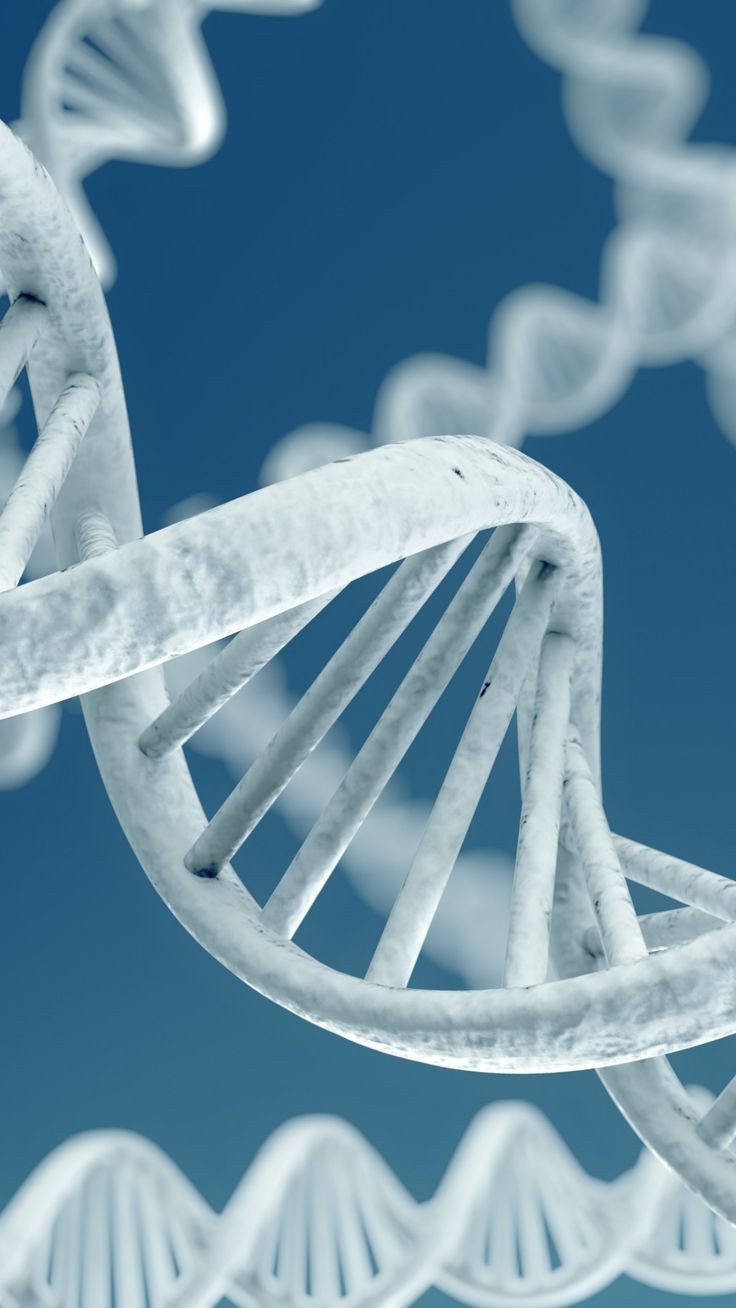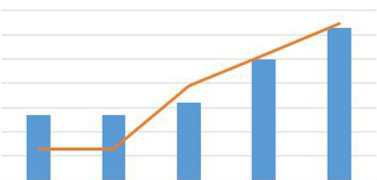Syndrome, Causes, Treatment & Statistics
Syndrome
Meaning: It is a set of mental signs and
symptoms which are correlated with each other and often associated with a
particular disease or disorder, when syndrome paired with a particular disease
or disorder.
DOWN SYNDROME
It is a condition in which a person has an
extra chromosome. Chromosomes are small “packages” of genes in the body. They
determine how a baby’s body form and functions as it grows during pregnancy and
after birth. Typically, a baby is born with 46 chromosomes.
This syndrome was found by Dr. John Langdon
Down a British doctor in 1816, he describes it so it is called down syndrome,
earlier also called mongolism.
This syndrome can easily found from other
people and children through their behavior, it is also called Trisomy 21. The
normal baby born with 46 chromosomes (23 pairs), but through this syndrome baby
born with 47 chromosomes, it is a genetic disorder and a lifelong condition, it
has not fully treatment.
Symptoms:
The symptoms can be physically or mentally:
# Problems in hearing
# Ear’s infection
# Eyes related problems
# Heart disease, thyroid and intestines
related problems from birth in which operation can be needed.
# Also have anemia and leukemia # Different
effect on different persons.
The person and children who have much
problems and most have less problems, who has less problems can live a normal
life, if lifestyle is healthy than can live up to 50-60 years. If person has
much problems then the person or children need support for whole life and some
need has less support.
Common Physical Features:
# Broad and small hands
# Nose and face is flat
# Eye is tilted upwards
# Sleep difficulties
# Get problem in thinking, reasoning and
understanding
# Slow development.
It is a lifelong condition so early intervention is mark important,
through treatment and therapy quality of life of children can increase.
Types:
# Trisomy 21: extra copy of a chromosome
most common occurs when a developing baby has 3 copies of chromosome 21 in
every cell instead of 2 copies, this type syndrome occurs in 95% cases.
# Translocation: In this type extra full or partial amount of
chromosome 21 attached to another chromosomes, this type syndrome occurs in 4%
cases.
# Mosaicism: This is a rarest case only
found in 1%, in this syndrome some cells contain 26 chromosomes and some
contain 47 chromosomes. The extra chromosome in these cases is chromosome 21.
Treatment:
Treatment based on each individual’s physical & intellectual needs as well as personal strengths &
limitations.
# Child need physical, occupational &
speech therapy help for development.
#Medical specialist depend on need of
person (cardiologist, endocrinologist, hearing & eye specialist)
# Physical therapists help to strengthen
their muscles and improvements for skills.
# Behavioral therapists help to manage
emotional challenges.
Statistics:
# Higher chance if mother is older than 35
years.
# Before of age 30 down syndrome occurs in
1 in 1000 pregnancies.
# After the age of 40, this figure rise to
about 12 in 1000 pregnancies
# In U.S. 6000 baby born through this
condition, it means 1 in 700 babies.
# In U.K. 40000 people approx.
# In India approx. 23,000-29,000 children
has down syndrome every year.
METABOLLIC SYNDROME
It is the medical term for a combination of
diabetes, high B.P.(hypertension) & obesity. It put you at greater risk of
getting coronary heart disease, stroke & other conditions that affect the
blood vessels.
How do we know person has Metabollic
Syndrome:
The 3 out of 5 conditions fulfill:
Condition-1: Waist circumference for
abdominal obesity:
In this condition the waist circumference
is equal or greater than 102cm (40.15 inches) in men & equal or greater
than 88cm (34.64 inches) in women.
Condition-2: Fasting blood Triglycerides
In this condition Triglycerides are fat
like substance in the blood if you have triglycerides are higher than 150
mg per deciliter or 150mg/dl
Condition-3: Cholesterol level
HDL (High Density Lipoprotein) is good
cholesterol higher HDL levels lower your risk of heart attack & other
health problems. Low HDL is 40mg/dl in men & 50mg/dl in women.
Condition-4: B.P. (Blood Pressure)
In this condition the B.P. is equal or more
than 130 over 85 millimeter of Mercury or ≥130/85 mm Hg.
Condition-5: Fasting Plasma Glucose
(F.P.G.) equal or more than 100mg/dl
All cell need sugar to work normally, sugar
gets into the cells with the help of hormone called insulin of there is not
enough insulin or if body stops responding to insulin sugar builds up in the blood if your blood sugar ≥100mg/dl when tested after you have not had
anything to eat or drink for 8 hours you get another point of metabolic
syndrome.
Why is it important?
It is a group of risk factors that raises
the risk of heart diseases, diabetes, stock & other health problems &
it makes frequently serious & long-term complications.
Problems:
# Diabetes
# Heart Attack
# Stroke
# Cardiovascular disease
# Hardening of the arteries
# Peripheral Artery Disease
# Non-alcoholic fatty liver disease
Prevention:
# lose weight if you are overweight.
# Eat fruits & vegetables & low-fat
dairy products.
# Walking or doing some form of physical
activity on most days of the work, & in general being as physically active
as possible as.
# Quitting smoke, if you smoke.
Treatment:
((A)) Diet:
healthy diet that can help you to lose weight.
The Mediterranean Diet: this diet high in fruits, vegetables, nuts, whole grains & olive
oil. It can help to decrease your weight, B.P, blood sugar & improve lipid
levels.
The DASH (Dietary Approaches to Stop
Hypertension) diet: this diet is low in salt &
fat. It includes 4-5 serving each of fruits & vegetables & serving
low-fat dairy products per day. This diet can help you to low you B.P., weight
& Blood sugar & it improves lipid levels.
High-fiber diet: Increase dietary fiber in your diet at least 30grams daily.
Increase dietary fiber (to at least 30
grams daily) can low the B.P. & weight. Fiber is normally found in beans,
grains, vegetables & fruits.
Types. %Fiber. Amt. Of fiber per 16g
Barley. 17.30%. 2.8g
Rice. 3.5%. 0.6g
Wheat. 12%. 2g
Millet; 8.50%. 1.4g
African millet. 6.30%. 1g
Oats. 10.60%. 1.7g
Rye. 15.10%. 2.4g
The
nutrition label on packaged foods can show you how much fiber you are getting
in each serving.
((B)) Exercise:
Doctors recommend those people exercise at
least 30 min. every day & 5 or more days of the week.
If you cannot exercise for 30 minute at a
time try to exercise for 10 min. at a time, 3 or 4 times a day.
Brisk walking is good choice.
((C)) Medicines:
Doctors often recommend medicines to lower
BP, Blood lipids, & blood sugar.
Statistics:
# 1 in 3 older adults aged 50 or over in
U.K.
# Approx. 1/4th of the adult
population is estimated to have this syndrome, with a similar prevalence in
Latin America.
# In U.S. 1/3rd adults have this
syndrome.
# In India from this syndrome females are
35% & males are 26%.
NEPHROTIC
SYNDROME
It is the condition that causes the kidneys
to leak large amount of protein into the urine. This can lead range of problems
including swelling of body tissues & a greater chance of catching
infections.
Types:
1.
Congenital Nephrotic Syndrome:
This is rare but serious & fatal case,
& this is from birth. It has less recovery rate. It is an inherited
disorder characterized by protein in the urine & swelling of the body,
occurs primarily in families of finish origin & develops shortly after
birth. This commonly results in infection, malnutrition & kidney failure.
2.
Primary or Idiopathic
Nephrotic Syndrome:
The Idiopathic Nephrotic Syndrome also
known as nephrosis. This is most common syndrome in children. it is associated
with glomerular diseases intrinsic to the kidney & not related to systemic
causes.
3.
Secondary Nephrotic
Syndrome:
This syndrome occurs due to other
associated medical or external condition. Example:- Mellitus Diabetes,
Hypertension, HIV Aids & Drug Toxicity.
Symptoms:
# Severe swelling (edema), particularly
around your eyes, ankles & feet.
# Foamy urine, a sign of urine which is not
normal.
# Weight gain due to fluid retention.
# Loss of appetite
Treatment:
# B.P. Medications
# Water Pills (diuretics)
#
Cholesterol-reducing medications
# Blood thinners (anticoagulants)
# Foods Avoid: Cheese, high-sodium,
processed meats (SPAM, Vienna, Sausage, Bologna, hot dogs), frozen dinners,
fish, dried or canned soups & pickles.
Statistics:
# 2-7 case per 1,00,000 children younger
than 16 years.
# The cumulative prevalence rate is approx.
16 cases per 1,00,000 individuals.
# 90-100 per million population of India.
GILBERT SYNDROME
Other name of Gilbert Syndrome is Hyperbilirubinemia.
It is liver related problem, it is an inherited condition cohere the liver is unable
to process a substance called bilirubin properly, through that level of
bilirubin increase.
Bilirubin : it is a yellowish pigment that
is made during the normal breakdown of red blood cells. It passes through the
liver & externally excreted out of the body. Higher than the normal levels
of bilirubin may indicate different types of liver or bile duct problems.
Symptoms:
# Increase the level of bilirubin
# Skin whites of the eyes turn yellow
[caused by build-up bilirubin in the blood]
# Tummy (abdominal) pain
# Feeling very tired (fatigue)
# Loss of appetite
# Feeling sick
# Irritable bowel syndrome: a common
digestive disorder that causes stomach cramps, diarrhea & constipation.
How doctor indentify?
# Physical examination (eyes & skin
color)
# C.B.C. [Complete Blood Count Test]
# Liver Function Test
# HBs Ag [Hepatitis B Surface Antigen]
#
Abdominal Ultrasound # Kidney Function Test (K.F.T.)
Treatment:
Gilbert’s syndrome does not require
treatment. The bilirubin levels in your blood may fluctuate over time, &
you may occasionally have jaundice, which usually resolves on its own with no
ill effects.
Statistics:
# 3%-7% Americans has Gilbert Syndrome
# In India, this syndrome affects 2%-7% of
the total population.
# Approx. 3%-7% of individuals in the
general population.
ALSO READ ::::
Syndrome : causes, treatment, statistics (HINDI)......
ALSO READ ::::
Disorder : its type, criteria, treatment,....
ALSO READ :::::








